Ask How To Save $250 On Attic Insulation Call (513) 316-7622
Products and Services
All Season Insulation Co
We Proudly Use Owens Corning Insulation Products
For more than 70 years, Owens Corning has been committed to providing quality solutions that meet the expectations of homeowners who live with them day in and day out. Owens Corning believes in performance that provides greater energy efficiency and comfort without sacrificing safety, sustainability and cost.
Tab through to learn more about the sustainability of Owens Corning Insulation and how it compares to other insulation materials.
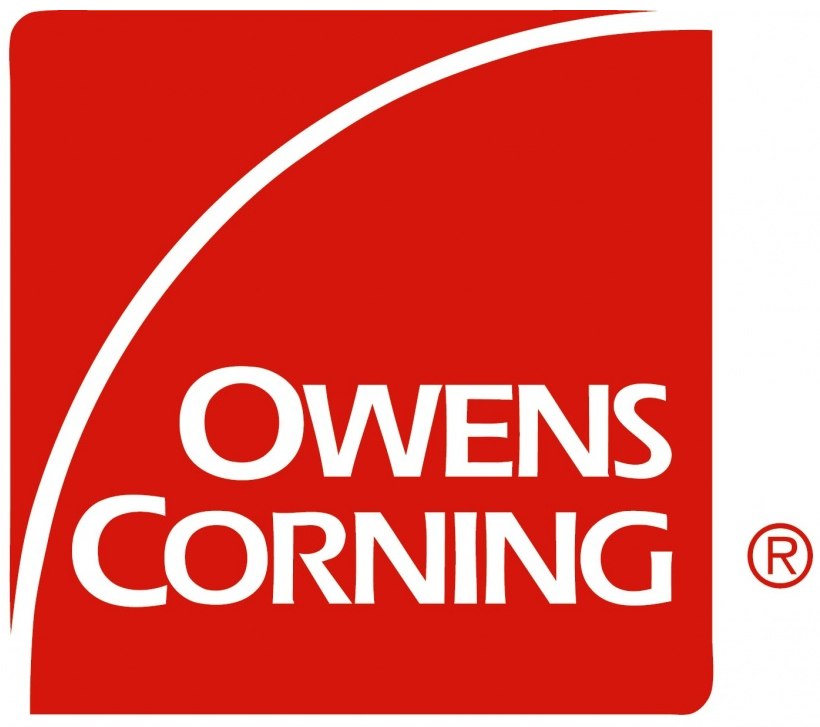
When Pink = Green, You Save Energy. You Save Money.
Owens Corning fiberglass insulation is the pink product that is a green solution.
Scientific Certification Systems (SCS) has certified Owens Corning insulation as the industry’s highest certified recycled glass content at 35%.
In addition, Owens Corning Pink Fiberglass insulation is Greenguard Certified. The Greenguard Environmental Institute is one of the most recognized and highly regarded third-party product certifications for testing VOC emissions (Volatile Organic Compounds).
As you search out various insulation products, one alternative you may find to fiberglass insulation is a cellulose product that is made from paper and other wood-based materials. Be sure to ask your All Season Insulation representative for a comprehensive explanation of the differences, but here are a few to consider:
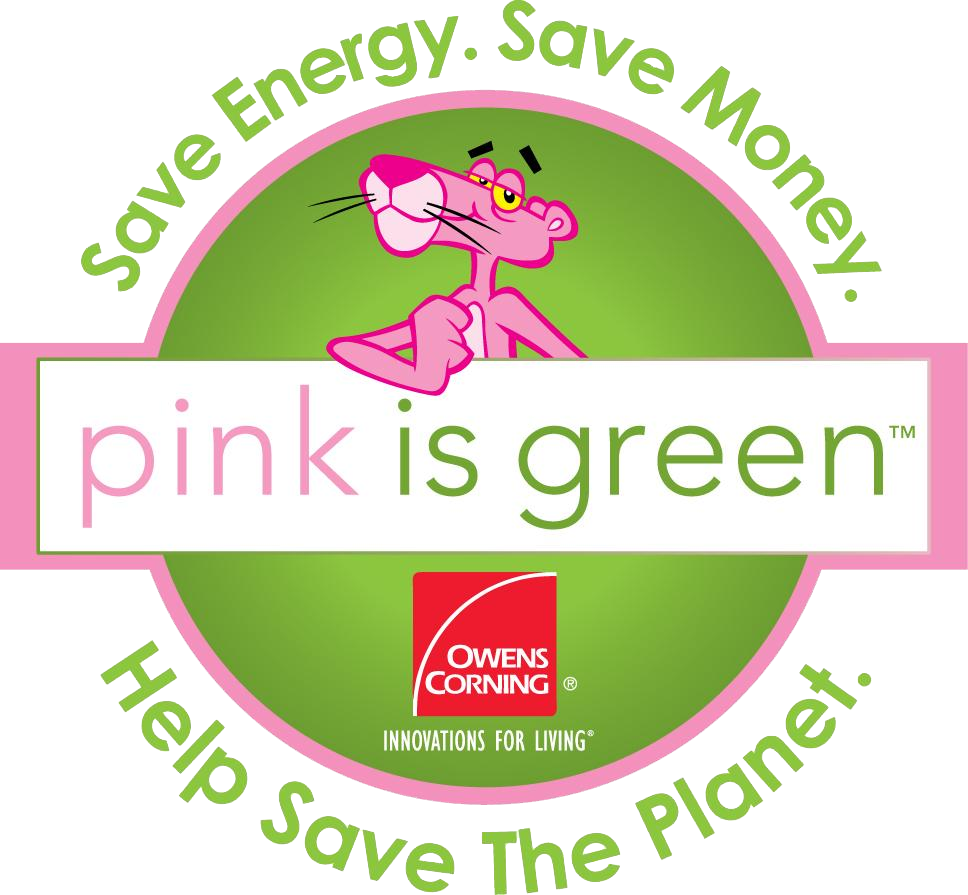
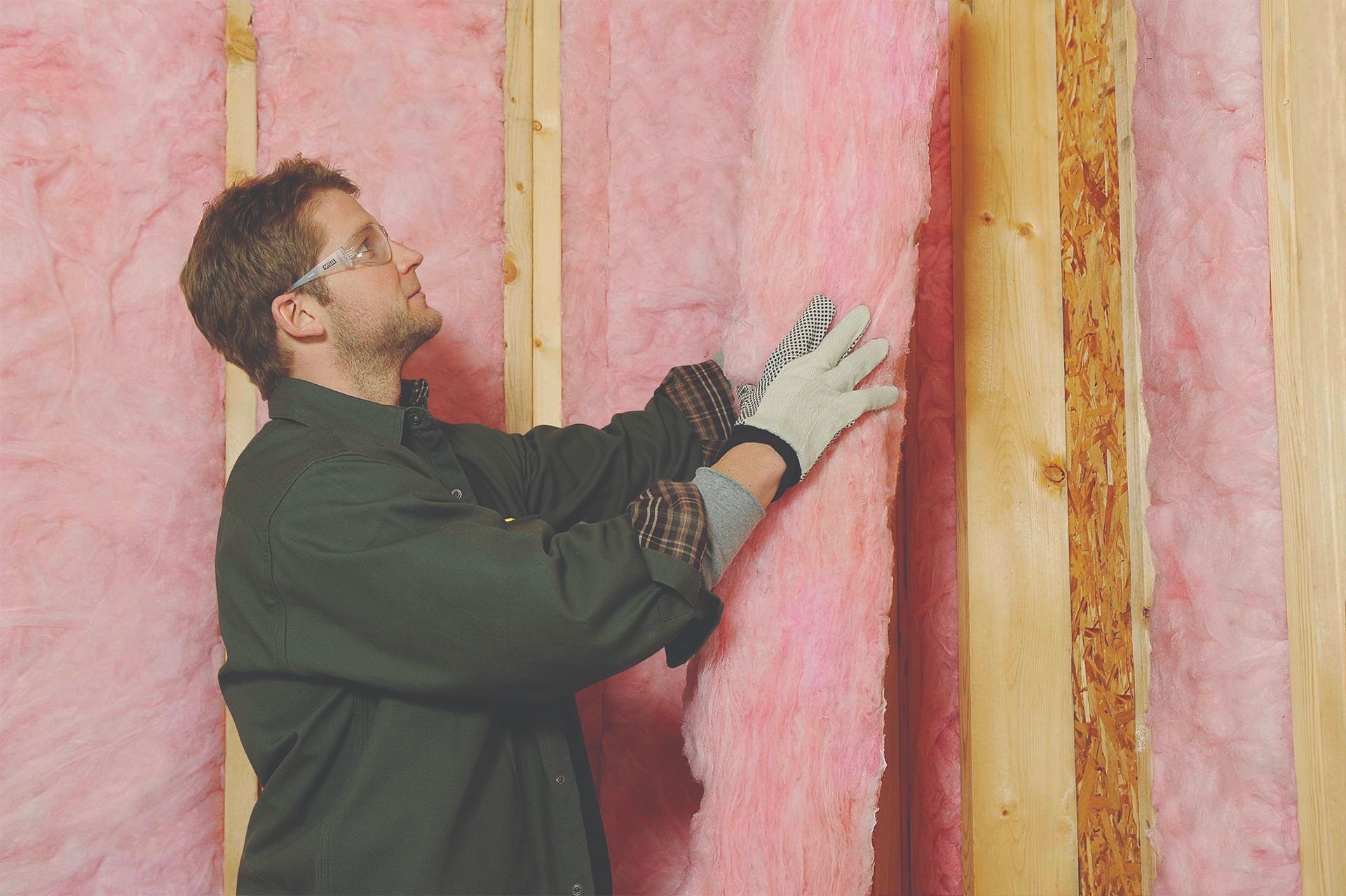

Fiberglass vs. Cellulose, What is the Difference?
THERMAL PERFORMANCE
• Fiber Glass – less than 2% settling of blown-in insulation means you get the R-value that is expected
• Cellulose – up to 25% settling equates to a 15-25% loss of the original R-value
FIRE RESISTANCE
• Fiber Glass – Owens Corning Pink fiberglass is naturally non-combustible and classified as such per ASTM E 136
• Cellulose – Due to paper and wood-based nature, must be treated with fire-retardant chemicals to be acceptable for use in building construction
MOISTURE ISSUES
• Fiber Glass – non-absorbent and installed dry
• Cellulose – naturally absorbent and often applied with water
Radiant Barrier
Nearly all homes have problem areas where comfort is compromised. Typical problem areas include rooms that are adjacent to unconditioned space, such as an attic or rooms over crawl spaces or basements. EShield can help correct these problems by blocking radiant heat gain or loss.
EShield is a radiant barrier insulation that consists of a 1/4-inch fiberglass core that is bonded to two layers of 99% pure aluminium.
Heat transfers in and out of your home through three primary modes: radiation, conduction and convection.
The foil in EShield can reflect up to 97% of all radiant energy that strikes it, helping you retain your heat in the winter (and keep it out in the summer).
- Safe – Superior fire ratings
- Bird and rodent resistant
- No itchy fibers
- Eliminates hot walls associated with knee walls in bonus room & cape cod
- Can lower attic temperatures up to 40 degrees
- Combines radiant/conduction/convection protection
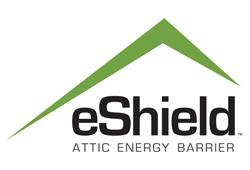
Serving
Clermont County, OH
Boone County, OH
Warren County, OH
Hamilton County, OH
Kenton County, OH
Butler County, OH
and surrounding areas
Business Hours
- Mon - Fri
- -
- Saturday
- -
- Sunday
- Closed

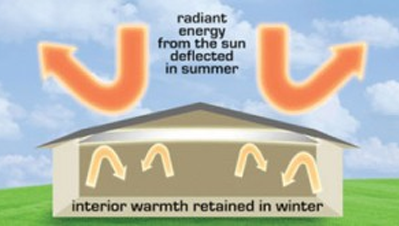
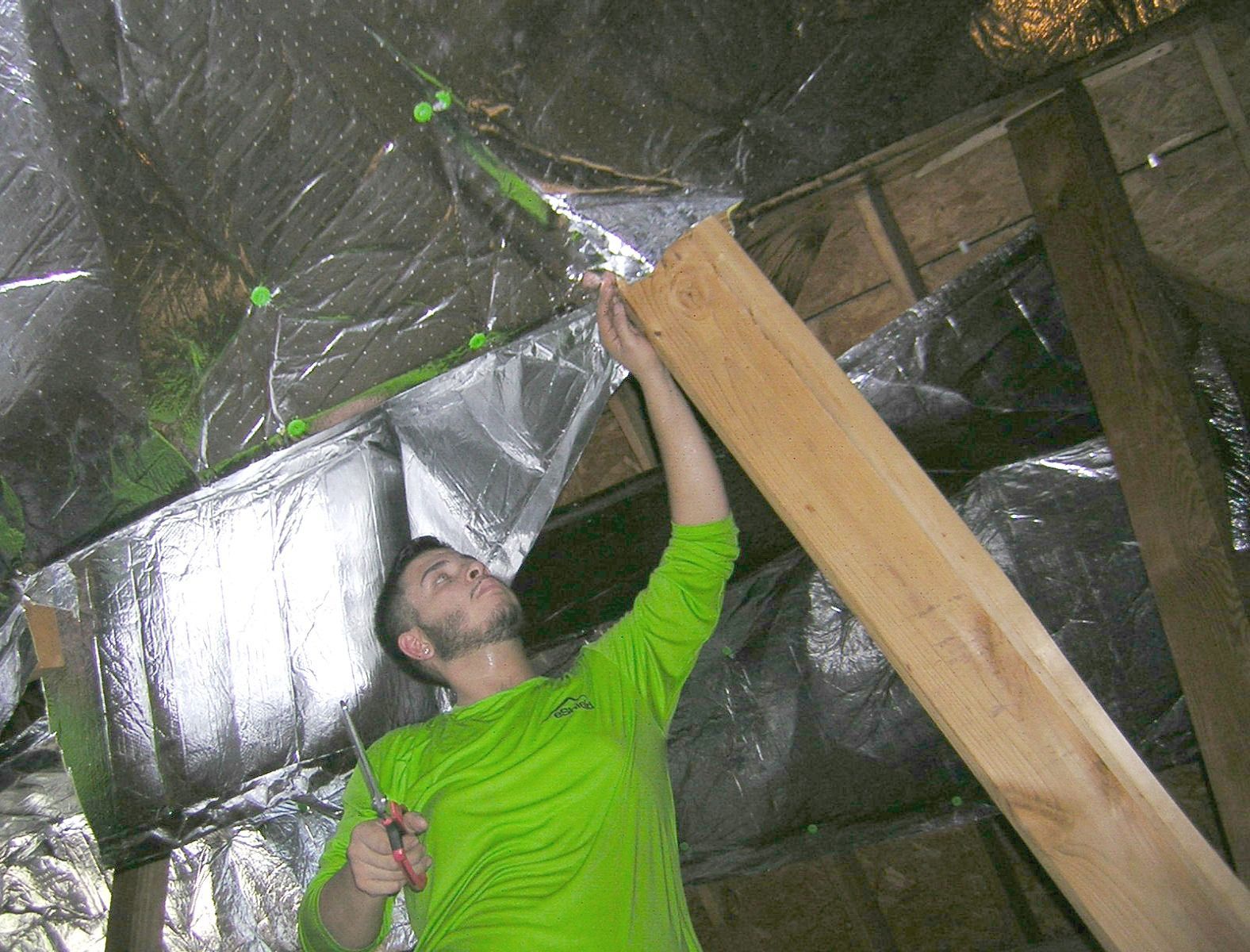

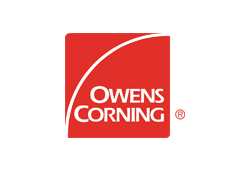
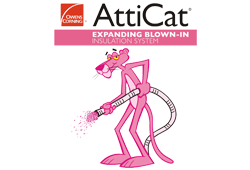


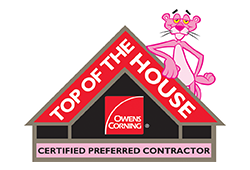
Share On: